Are you doing everything “right” with your food blog—posting consistently, optimizing for SEO, engaging on social media, building your email list—but still not seeing the growth you’re hoping for?
If you’re nodding along, you’re definitely not alone. After 10 years of working with food bloggers on their branding and websites, I’ve noticed that the real difference between staying stuck and experiencing breakthrough growth isn’t usually about your posting schedule or even your SEO strategy.
It’s about your personal brand.
Here’s the thing: branding goes so much deeper than choosing the perfect font or picking Instagram-worthy colors. While those visual elements can enhance your brand, they can’t define it or create the emotional connection that turns casual readers into loyal fans.
Today, I’m sharing the three most common branding mistakes I see food bloggers make—mistakes that are quietly blocking the meaningful connections you need to grow. Even better, I’ll show you exactly how to fix them.
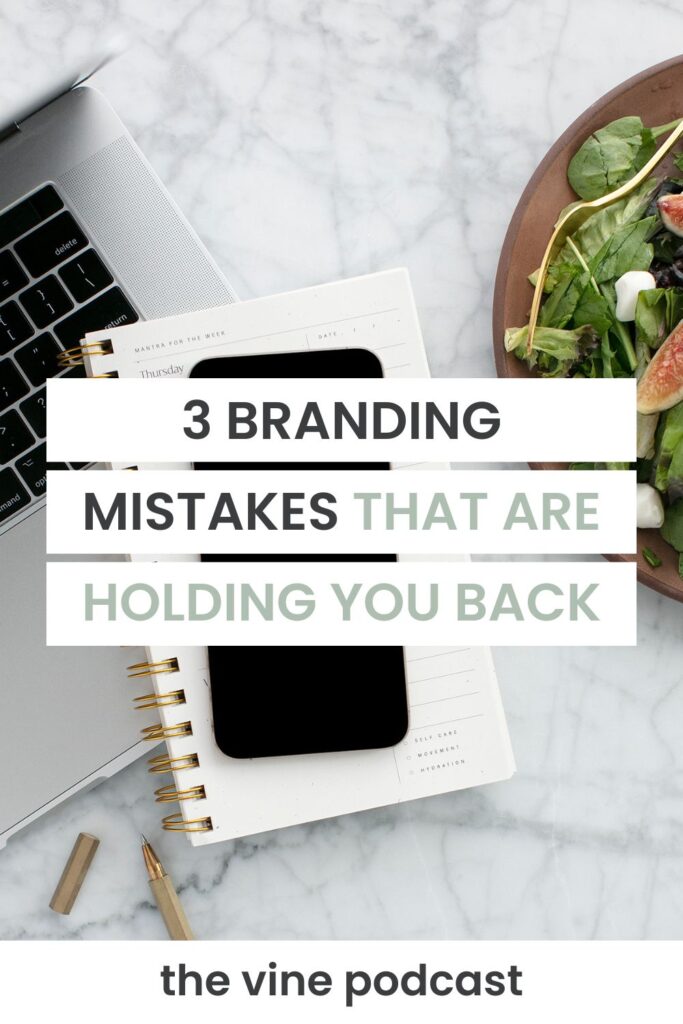
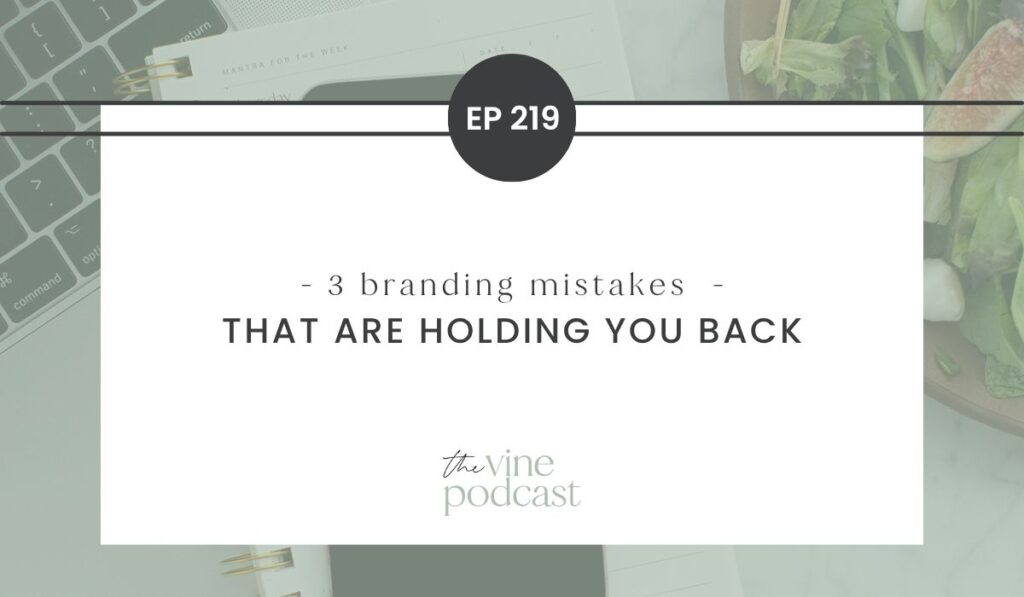
Mistake #1: Thinking Your Logo IS Your Brand
Let me paint a picture for you. Imagine someone blindfolded you and led you into a Target store. Even if they removed every single Bulls-Eye logo and the adorable Bulls-Eye dog mascot, you’d probably still know exactly where you were.
Why? Because of the red color scheme, the store layout, the way the graphics look, the overall atmosphere—all the elements that create the “Target experience” have nothing to do with their logo.
That logo only becomes meaningful because of all the other brand experiences you’ve had. Maybe you think of walking through Target with your Starbucks in hand, or your kids getting excited about seeing the Bulls-Eye dog. The logo triggers those emotions, but it didn’t create them.
The same principle applies to your food blog.
Your logo might be beautifully designed, but if it’s the only component of your brand you’ve focused on, you’re missing the mark entirely. A logo can’t encompass your entire brand story, your messaging, or what makes you uniquely you.
The Missing Piece: Brand Messaging
The most overlooked element of branding? Your brand messaging. This is the foundation that should come before any visual design work.
I recently experienced this firsthand when working with a podcast PR agency for my food blog. The very first thing they did was create an extensive brand messaging guide that captured the heart behind my brand. Reading it was honestly mind-blowing—they took scattered thoughts I’d shared and transformed them into a cohesive document that has since shaped everything I write.
If you don’t have clear brand messaging that you can reference, hand to an assistant, or even input into ChatGPT to help it understand your brand voice, you’re probably feeling like nothing quite captures what you’re trying to say.
Your Action Step:
Before you work on any visual branding elements, sit down and think deeply about how you want someone to feel when they interact with your brand. This isn’t about the types of recipes you share or your cooking process—it’s about the emotional experience you’re creating for your readers.
What problem are you solving for them? How do you want them to feel when they leave your website or try one of your recipes?

Mistake #2: Showing Up Differently on Social Media vs. Your Website
Picture this scenario: You follow a food blogger on Instagram who has this vibrant, energetic personality. They share behind-the-scenes moments, connect authentically with their audience, and you genuinely enjoy their content.
Then you click over to their website and… it’s like a completely different person wrote it. All the personality has been stripped away, replaced by robotic, SEO-focused content that feels disconnected from the person you follow on social media.
Sound familiar?
This disconnect is incredibly common, and it’s costing you engaged readers. People aren’t just looking for recipes—they need help finding someone they can trust. When your social media personality doesn’t match your website voice, you’re creating confusion instead of connection.
Successful Bloggers Bridge This Gap
Look at successful food blogs like Pinch of Yum or Recipe Tin Eats. They’ve found ways to infuse personality into their websites that matches how they show up elsewhere. It’s not always visual—sometimes it’s in their writing style, the personal tidbits they include, or the way they connect their recipes to real life.
Your Action Step:
Pull up a recent blog post and the social media content you created to promote it. Read them side by side and be brutally honest: Do they sound like the same person wrote them?
If not, start experimenting with bringing more of your social media personality into your blog writing. Share the story behind the recipe, include relatable moments from your day, or explain why this particular dish matters to your family.
Mistake #3: Hiding Behind Your Blog Instead of Building a Personal Brand
This might be the mistake that surprises me most because I still see it so frequently. Many food bloggers are actively hiding behind their blogs instead of stepping forward as the face of their brand.
Maybe you’re using an outdated profile photo because you think your old one looks better. Perhaps you avoid sharing personal details or never show who the “we” is when you write “we love making this for dinner.”
I get it—sometimes this feels safer. But here’s what I need you to understand: People follow the person behind the recipes, not just the recipes themselves.
Think about it: Your readers don’t need help finding recipes. They have endless options at their fingertips. What they need is someone they can trust, someone whose opinion they value, someone they turn to when they need to get dinner on the table in 15 minutes.
Creating Authentic Connection
You don’t have to share everything about your personal life, especially if you’re protecting your family’s privacy. But you can find relatable details that create connection without compromising your boundaries.
Recently, I shared that my version of self-care was driving around town running errands by myself while listening to podcasts. That simple, relatable moment helped readers connect with me as a real person, not just a content creator.
Your Action Steps:
Update your profile photo: If it’s been more than two years, it’s time for a refresh. You don’t need professional brand photos (though they’re worth the investment)—even a good iPhone photo will work.
Find one personal detail to share: Think of something relatable that your audience might connect with. It could be a story about school pickup lines, your favorite way to unwind, or a family tradition that inspired a recipe.
Remember why people follow you: They’re not just collecting recipes—they’re looking for someone they trust to guide their cooking decisions.
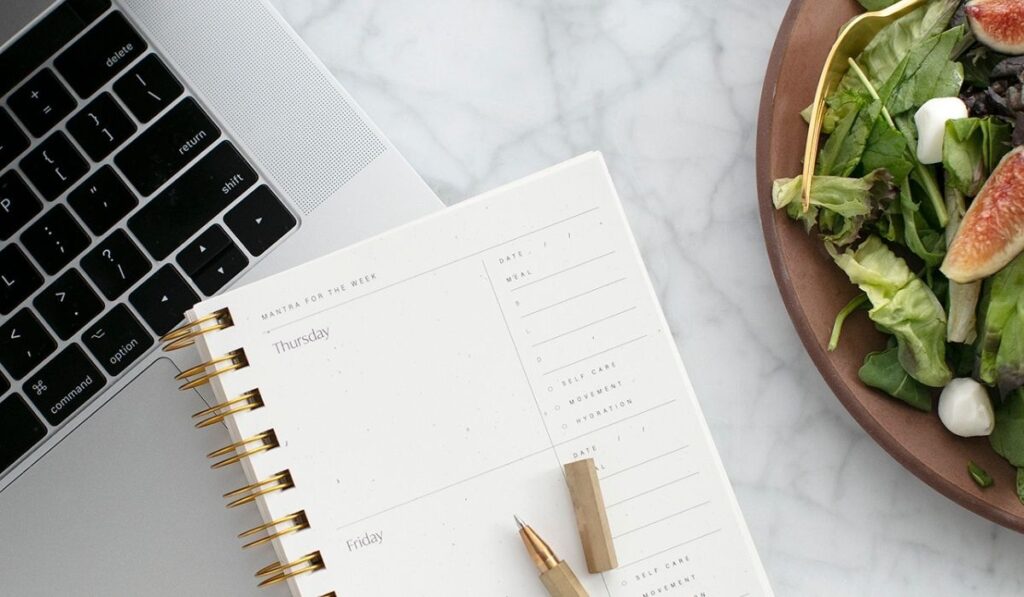
The Natural Next Step
As you start implementing these branding strategies, don’t be surprised if you begin feeling like your current logo doesn’t represent who you’ve become. This is completely normal and actually a sign that you’re growing!
Many of my clients come to me saying, “I’ve had my logo for years, but it just doesn’t represent my blog anymore.” Usually, this happens because the original visual branding wasn’t built on a solid strategy foundation—it was just a collection of pretty fonts and colors.
When your brand strategy and visual identity work together, everything feels more cohesive and authentic.
Your Brand Is Bigger Than Your Logo
Building a memorable brand isn’t about having the perfect logo or the trendiest color palette. It’s about creating consistent, authentic experiences that help people understand who you are, what you stand for, and how you can help them.
The food blogging space is more crowded than ever, but that doesn’t mean you can’t stand out. By focusing on clear messaging, consistent personality across platforms, and authentic personal connection, you can build the kind of brand that turns casual visitors into loyal fans.
Call to Action
Which of these three areas will you focus on first? Start with the one that resonates most with you—whether that’s clarifying your brand messaging, aligning your social media and website personalities, or stepping more confidently into your personal brand. Pick one action step and commit to implementing it this week. Your future readers (and your business growth) will thank you for it.
What’s been your biggest branding challenge? Have you noticed any of these disconnects in your own blog? Share your thoughts in the comments below—I’d love to hear about your experiences and help you brainstorm solutions!
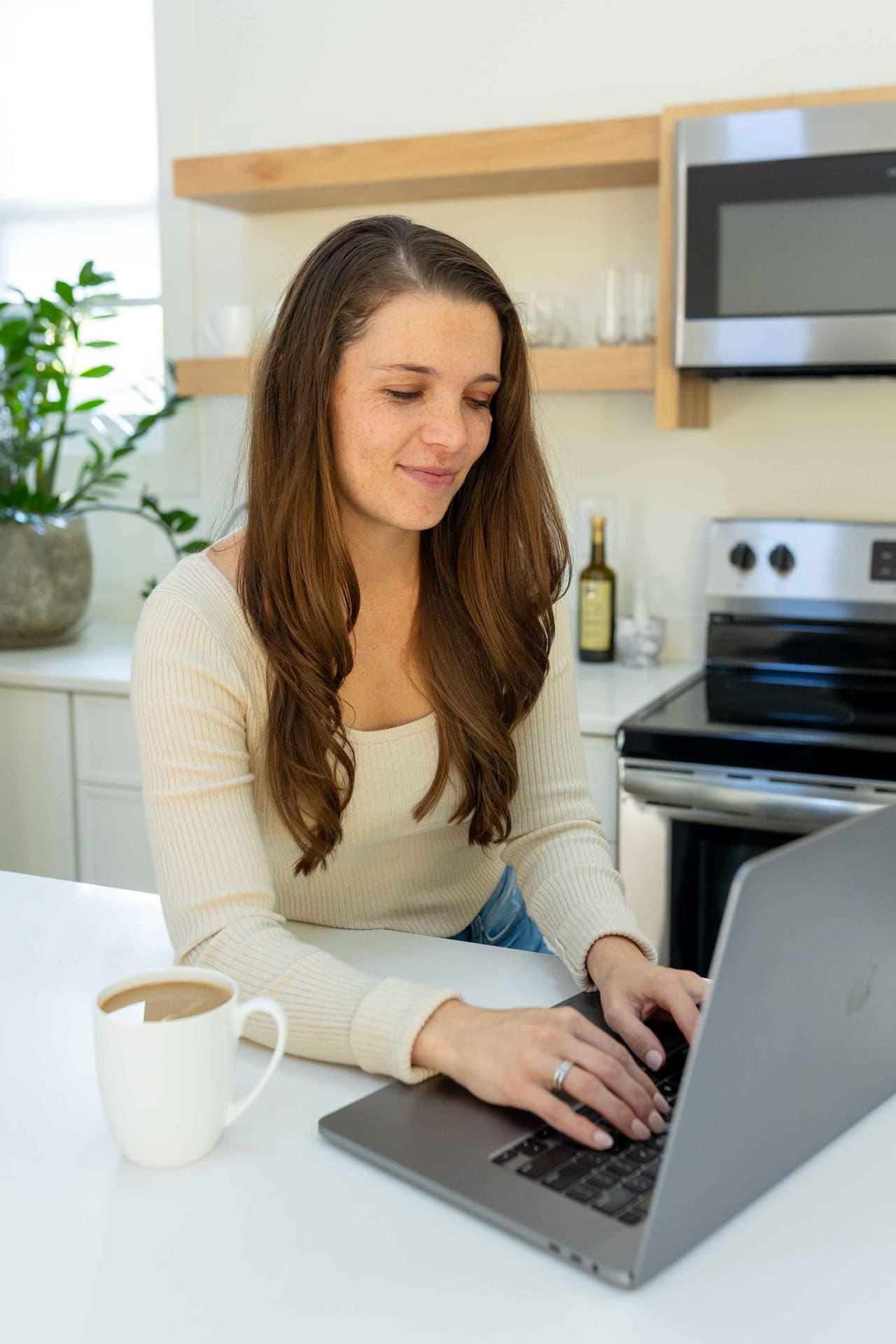
ready to take your food blog to the next level?
We work with food bloggers looking to stand out of the crowd through custom brand and website design.
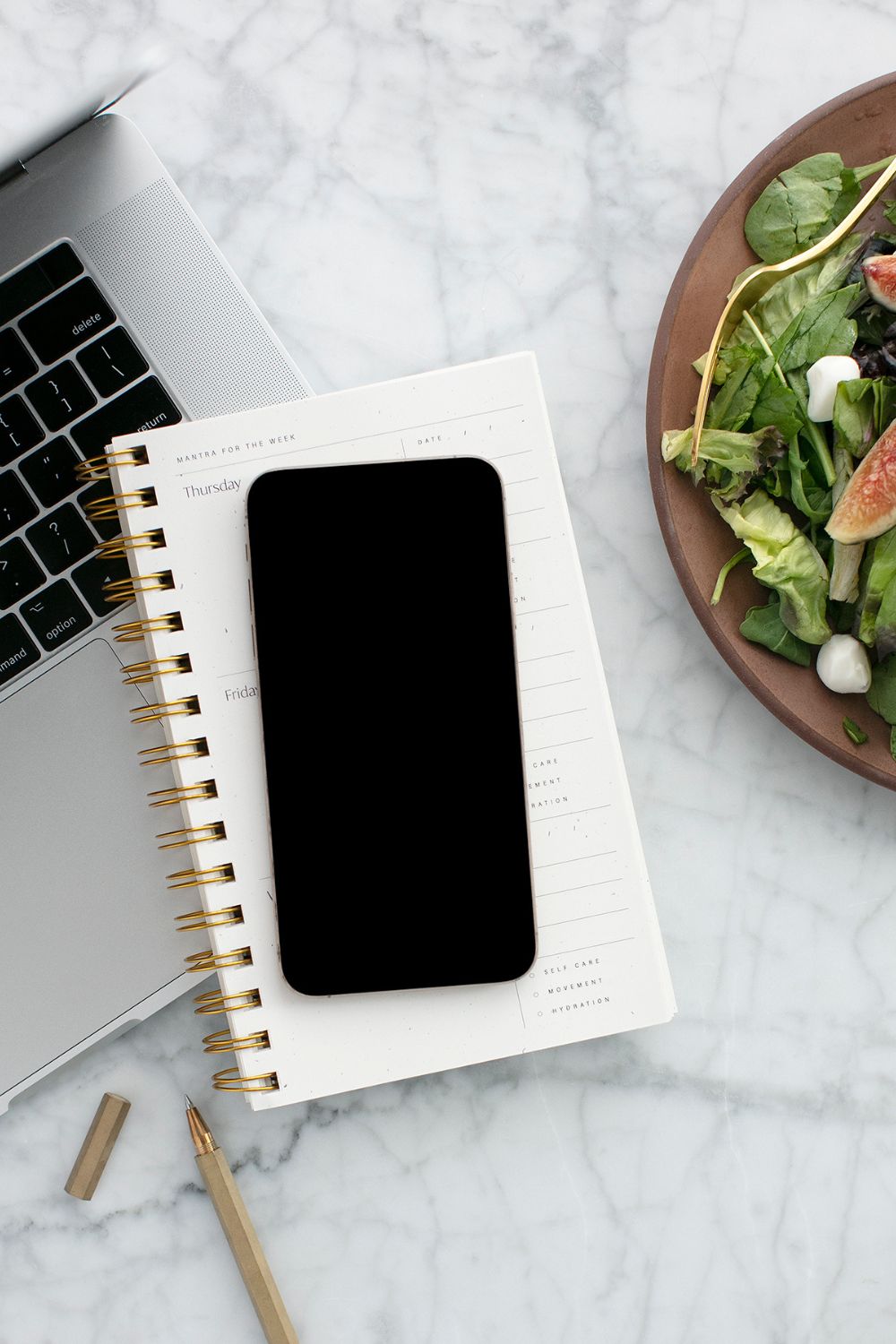

Leave a Comment